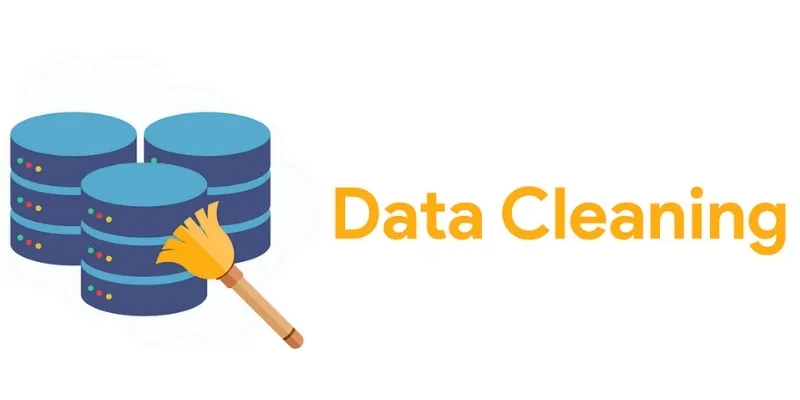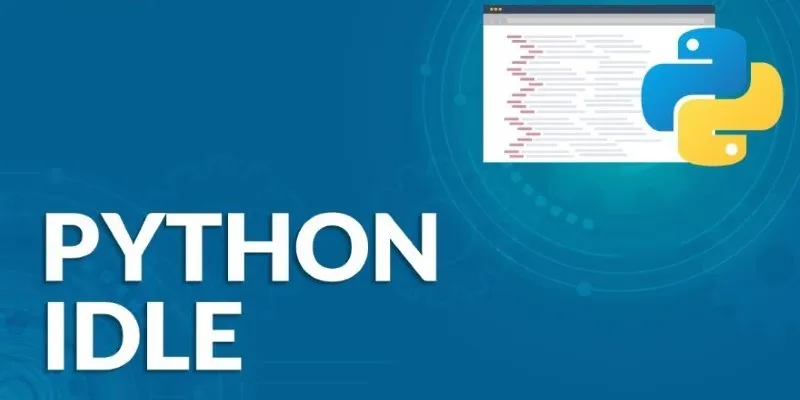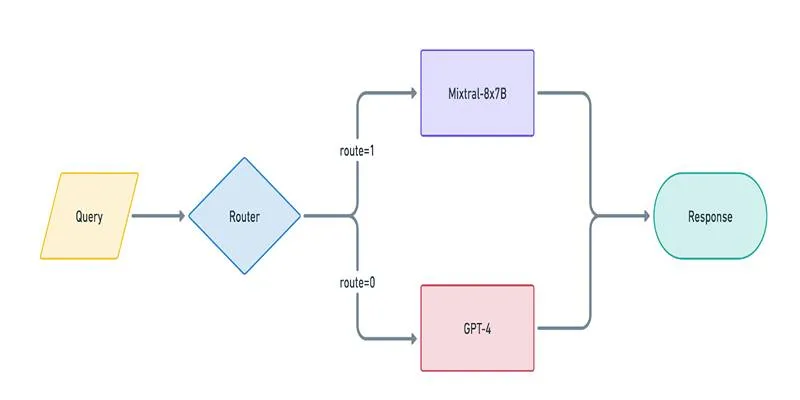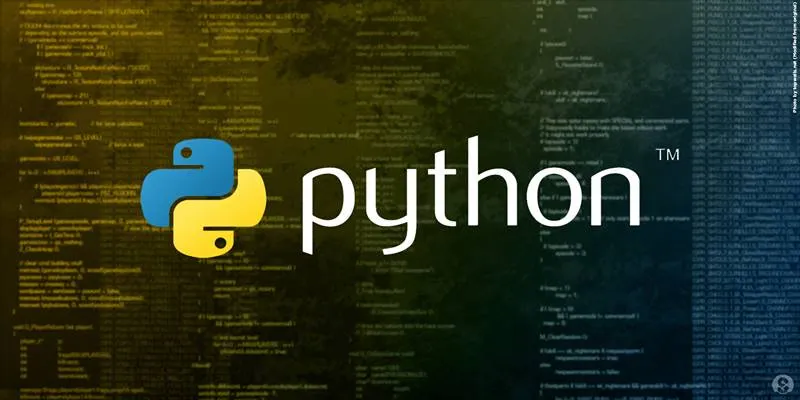When working with Python, you’ll often find yourself needing to know what time it is—literally. Whether you’re building a log system, scheduling tasks, or tagging a file with a timestamp, grabbing the current date and time is a common task.
Python offers various ways to achieve this. Some methods are part of the built-in standard library, while others come from external packages. Each has its quirks and advantages, depending on your needs. Let’s explore practical ways to get the current date and time in Python.
How to Get Current Date and Time Using Python
Using datetime.now() from the datetime Module
datetime.now() from the datetime ModuleThe datetime module is part of Python’s standard library and doesn’t require extra installation.
from datetime import datetime
now = datetime.now()
print("Current Date and Time:", now)
This prints the current local date and time down to microseconds, like this:
Current Date and Time: 2025-06-04 14:37:53.418997
To get just the date or time separately, use:
print("Date:", now.date())
print("Time:", now.time())
Using datetime.today()
datetime.today()
datetime.today() is similar to datetime.now(), but it’s a bit simpler. It provides the local current date and time.
from datetime import datetime
today = datetime.today()
print("Today:", today)
Functionally, it works much like datetime.now() when no timezone is specified.
Using the time Module
time ModuleThe time module is older and lower-level than datetime. It returns the time as a structured object or timestamp.
import time
current_time = time.localtime()
print("Current Time:", time.strftime("%Y-%m-%d %H:%M:%S", current_time))
This gives you a formatted date and time string, useful when you need a string output immediately without a full datetime object.
Using date.today() for Just the Date
date.today() for Just the DateIf you only need today’s date without the time, this method is cleaner.
from datetime import date
today_date = date.today()
print("Today's Date:", today_date)
This is ideal for logging or tagging files with a date, skipping the time part altogether.
Using datetime.utcnow() for UTC Time
datetime.utcnow() for UTC TimeFor standardized time across different zones, such as for databases or APIs, UTC is ideal.
from datetime import datetime
utc_now = datetime.utcnow()
print("Current UTC Time:", utc_now)
Remember, utcnow() doesn’t include timezone information. For a timezone-aware version, see the next method.
Using datetime.now(timezone.utc) for Timezone-Aware UTC
datetime.now(timezone.utc) for Timezone-Aware UTCTimezone-aware datetimes are more precise, especially when dealing with different time zones.
from datetime import datetime, timezone
aware_utc = datetime.now(timezone.utc)
print("Timezone-Aware UTC:", aware_utc)
This adds a +00:00 at the end, showing it’s explicitly using UTC.
Using pytz for Local Timezone Handling
pytz for Local Timezone HandlingFor specific timezones, such as Asia/Kolkata or America/New_York, pytz is helpful.
First, install it if needed:
pip install pytz
Then:
from datetime import datetime
import pytz
tz = pytz.timezone('Asia/Kolkata')
local_time = datetime.now(tz)
print("Time in Asia/Kolkata:", local_time)
Note: While pytz is still widely used, it’s recommended to use the zoneinfo module in new projects.
Using zoneinfo from Python 3.9+
zoneinfo from Python 3.9+
If you’re using Python 3.9 or later, you can utilize the built-in zoneinfo module for timezone-aware datetimes.
from datetime import datetime
from zoneinfo import ZoneInfo
dt = datetime.now(ZoneInfo("America/New_York"))
print("New York Time:", dt)
This is the recommended modern way to handle time zones.
Using the calendar Module with time
calendar Module with timeThe calendar module isn’t specifically made for getting the current date and time, but it can be combined with time for useful information.
import time
import calendar
timestamp = time.time()
print("Unix Timestamp:", timestamp)
print("Current Year:", time.localtime().tm_year)
print("Is it a Leap Year?", calendar.isleap(time.localtime().tm_year))
Using pandas.Timestamp.now()
pandas.Timestamp.now()If you’re already using the pandas library for data work, it provides a simple way to get the current time as a Timestamp object.
import pandas as pd
now = pd.Timestamp.now()
print("Current Timestamp using pandas:", now)
This is timezone-aware by default if your system supports it.
Conclusion
Getting the current date and time in Python can be achieved in many ways, each suited to different needs. Whether you need a simple timestamp, a timezone-aware datetime, or formatted output, Python’s standard libraries and external packages offer solid options. From datetime.now() for quick local time to zoneinfo for handling time zones cleanly, and even tools like pandas for data-focused tasks, there’s a method for every use case. Understanding these options helps avoid confusion and makes working with dates and times smoother. Pick the right approach based on your project requirements and the precision or flexibility needed for time handling.
For more advanced tutorials, check out the official Python documentation for further reading and examples.
 zfn9
zfn9























